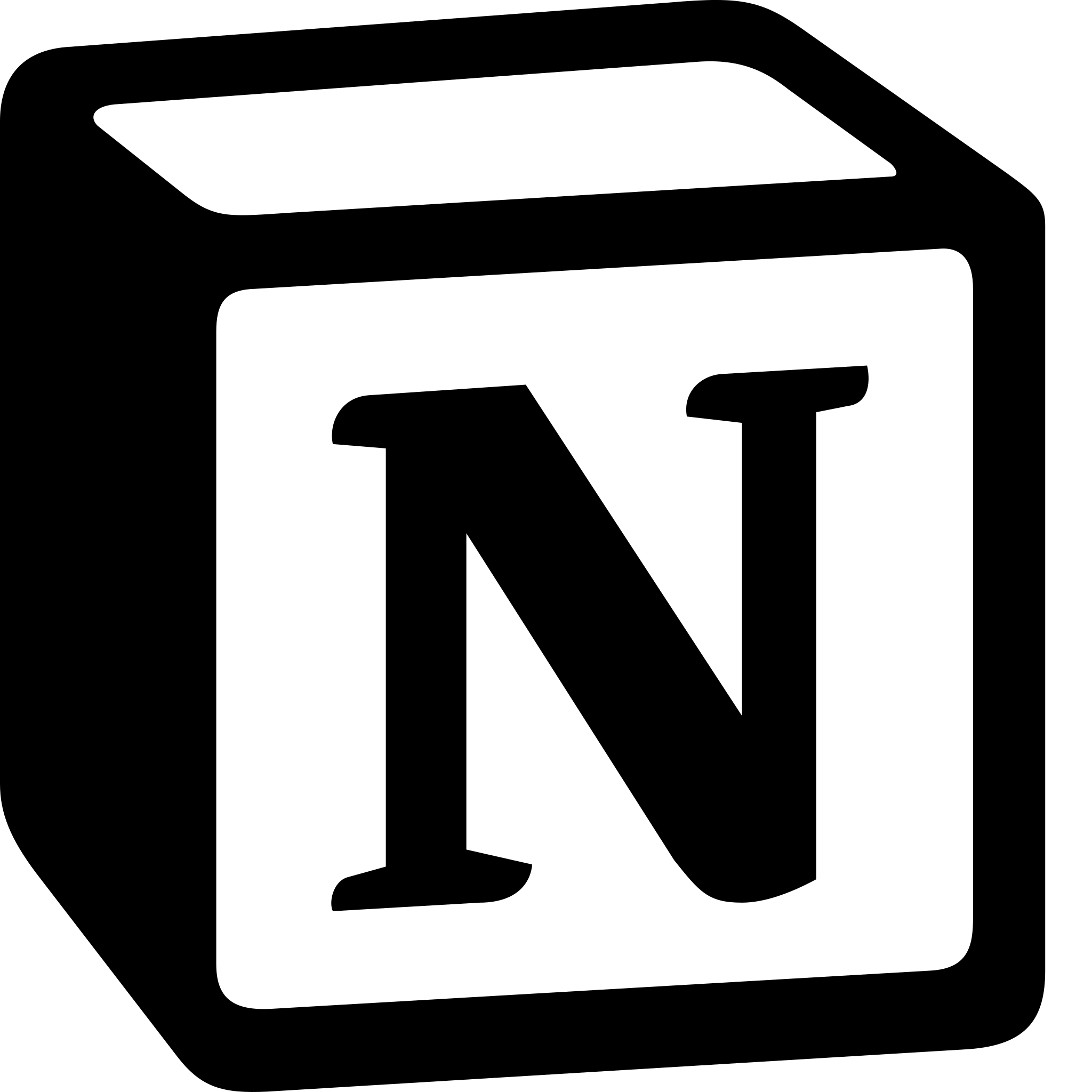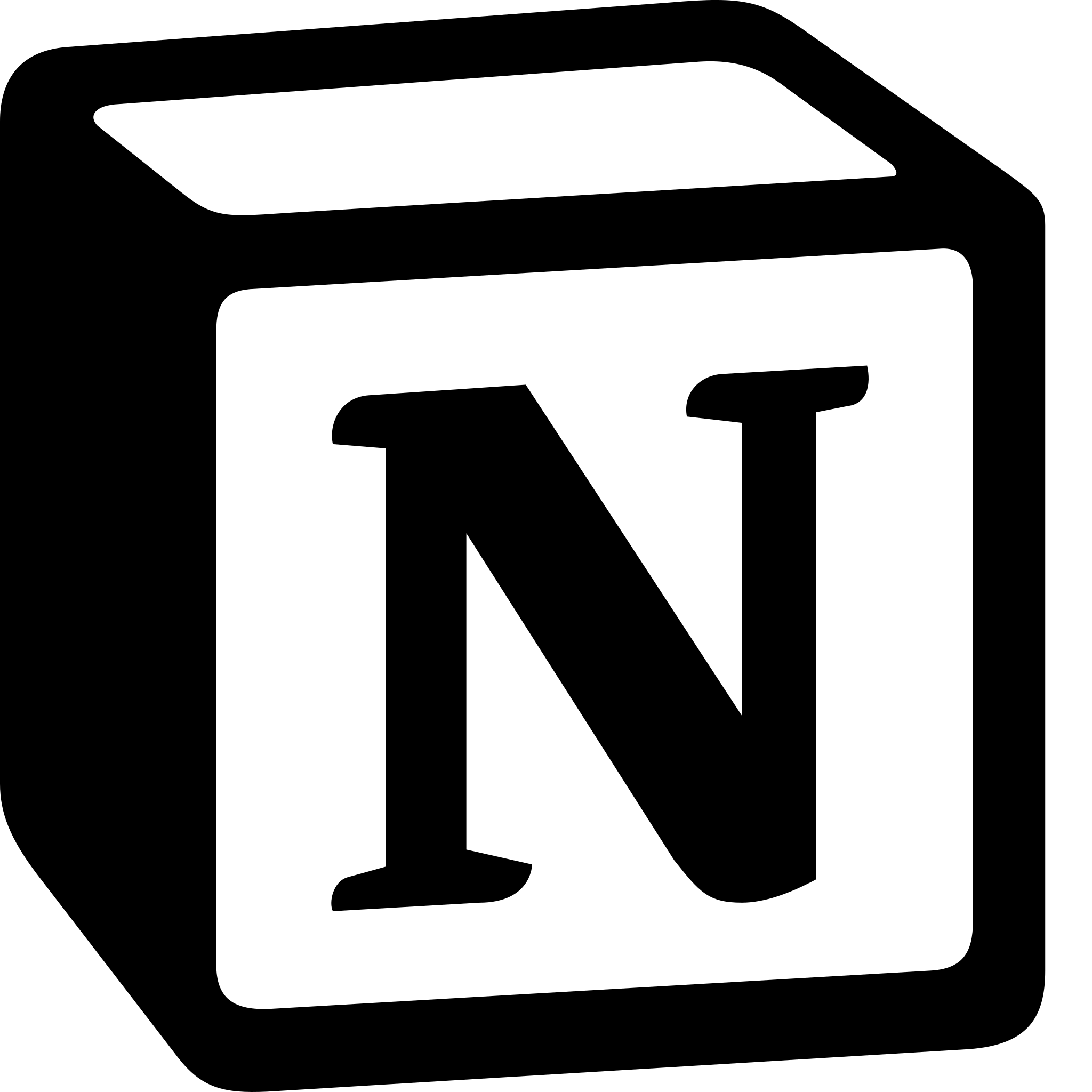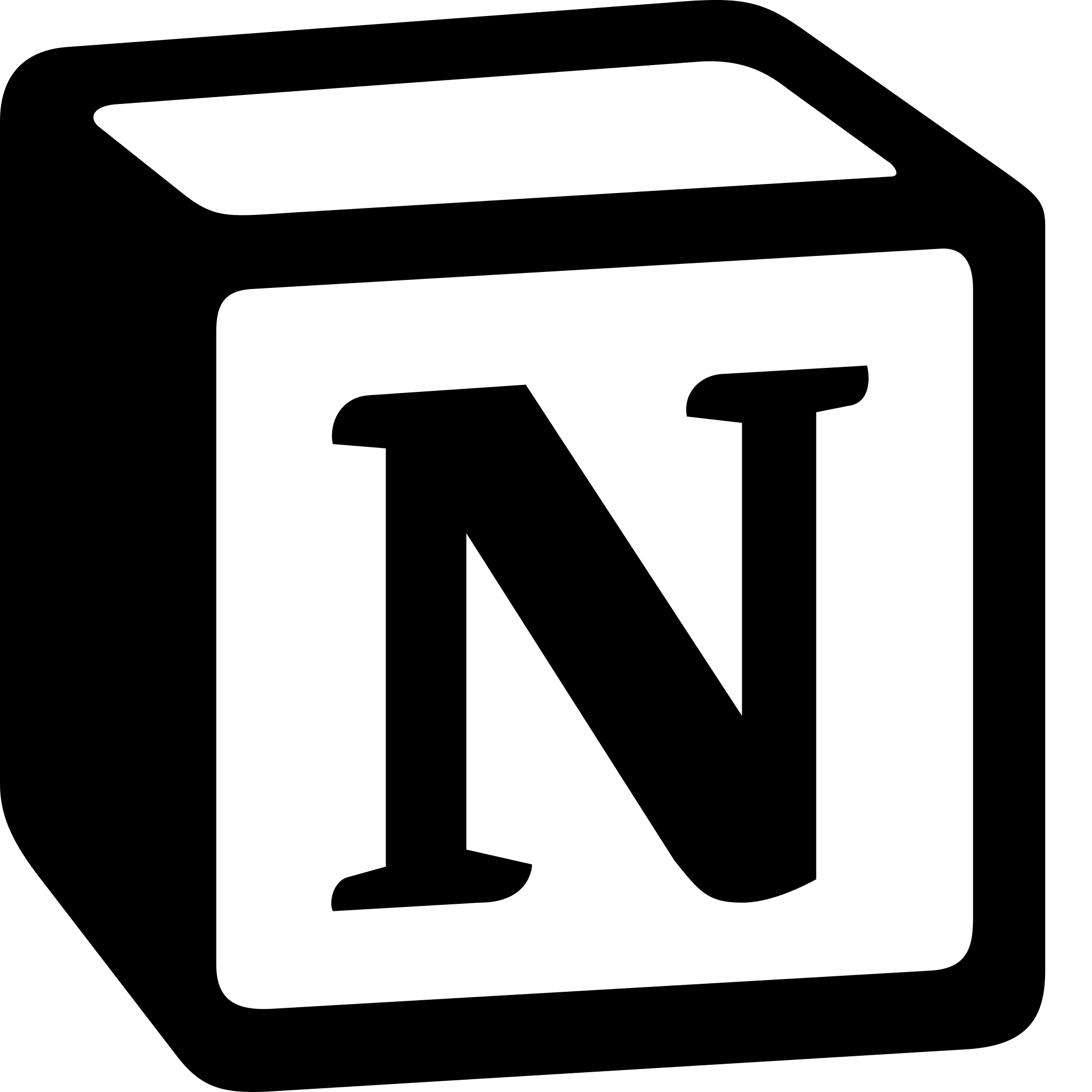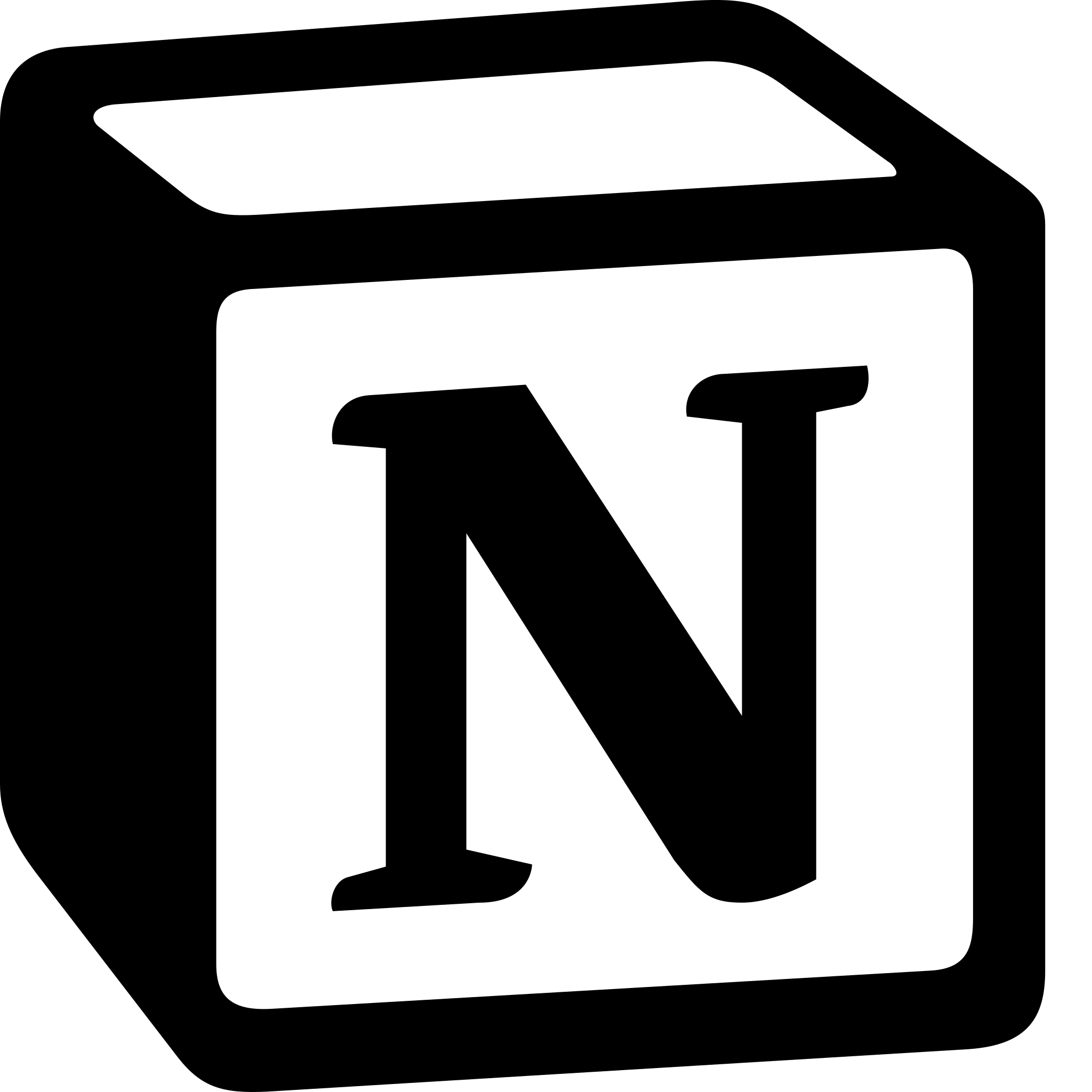How to Use Notion for productivity?
Learn to use Notion for productivity. To use Notion for productivity we can: Create a dashboard, Create task lists, Take notes, Manage projects, Use templates, Collaborate with others and Create a knowledge base.

Notion is a powerful productivity tool that can be used to manage tasks, notes, projects, and much more. Here are some tips on how to use Notion for productivity:
- Create a dashboard: Create a dashboard that includes important information such as task lists, upcoming events, and project timelines. This will help keep track of everything in one place.
- Create task lists: Create task lists for different areas of your life, such as work, school, or personal. This will help ensure that nothing is missed and deadlines are met.
- Take notes: Notion is a great tool for note-taking. Create a database for notes and add notes for meetings, brainstorming sessions, or any other type of activity. This will make it easy to find information when you need it.
- Manage projects: Notion can be used to manage projects. Create a database for each project and add information such as project goals, timelines, and tasks. This will help keep the project on track and ensure that everything is completed on time.
- Use templates: Notion has several built-in templates that can be used for productivity, such as the "To-Do List" or "Weekly Agenda" templates. These templates can be customized to fit specific needs.
- Collaborate with others: Notion allows for collaboration on pages and databases. Use this feature to collaborate with others on projects or tasks. This will make it easy to communicate and ensure that everyone is on the same page.
- Create a knowledge base: Notion can be used to create a knowledge base for important information such as processes, procedures, or resources. This will make it easy to find information when it's needed and help ensure consistency.
In conclusion, Notion is a versatile productivity tool that can be used to manage tasks, notes, projects, and much more. By creating a dashboard, task lists, note databases, project databases, using templates, collaborating with others, and creating a knowledge base, users can stay organized and productive.


